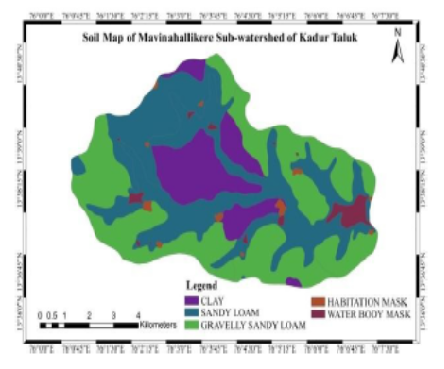
Geo-Eye
Department of Geography & GIS

Department of Geography & GIS

Geo-Eye
Year: 2023, Volume: 12, Issue: 1, Pages: 12-19
Original Article
Govindaraju1, G S Somesha1, C J Rakesh1, S Lokanath1, A Kishor Kumar1
1Department of Applied Geology, Kuvempu University, Jnanasahyadri577 451, Karnataka, Shivamogga, India
Received Date:25 January 2023, Accepted Date:14 April 2023
The present study shows the importance of remote sensing and geographical information system, which is found to be an effective tool for delineating groundwater potential zones of Mavinahallikere sub-watershed. Resource maps along with field investigation done to evaluate potential groundwater zones for the study area. The survey of India topographical map No. 57C/2 as the base and IRS LISS-IV satellite image (2015) used to prepare the thematic layers like drainage, lithology, geomorphology, lineaments, slope, land use/land cover and contours. The groundwater contour maps were prepared based on well details collected during fieldwork. Each unit of all thematic layers assigned with rank based on IMSD guideline and later integrated in the GIS platform to generate the groundwater potential map. The result shows that five distinct zones such as very poor, poor, moderate, good, and very good zones.
Keywords: Groundwater; Potential zones, Remote sensing, GIS
© 2023 Govindaraju et al. This is an open-access article distributed under the terms of the Creative Commons Attribution License, which permits unrestricted use, distribution, and reproduction in any medium, provided the original author and source are credited.
Published By Bangalore University, Bengaluru, Karnataka
Subscribe now for latest articles and news.